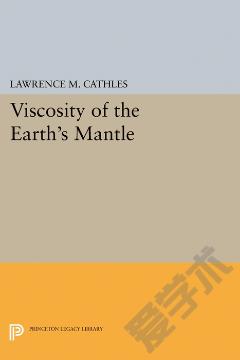Viscosity of the Earth's Mantle
Approximately 12,000 years ago, at the end of the last ice age, the three kilometers of ice that covered canada, the large european glaciers in fennoscandia and siberia, and many other minor glaciers melted quickly. The resulting meltwaters increased the depth of the world's oceans by about 110 meters. The earth's response to this redistribution of loads was one of fluid flow. By studying the way in which that flow occurred, much can be learned about the viscosity structure of the earth's mantle: that is, how the fluid properties of the earth vary with depth. In this volume lawrence m. Cathles III sets out to lay the theoretical foundations necessary to model the isostatic (fluid) adjustment of a self-gravitating viscoelastic sphere, such as the earth, and to use these foundations, together with geological evidence of the way the earth responded to the pleistocene land redistributions, to study the viscosity of the mantle. The author argues that the viscosity of the entire mantle is very close to 1022 poise, except for a low-viscosity channel, about 75 kilometers thick, in the uppermost mantle.
{{comment.content}}








 京公网安备 11010802027623号
京公网安备 11010802027623号